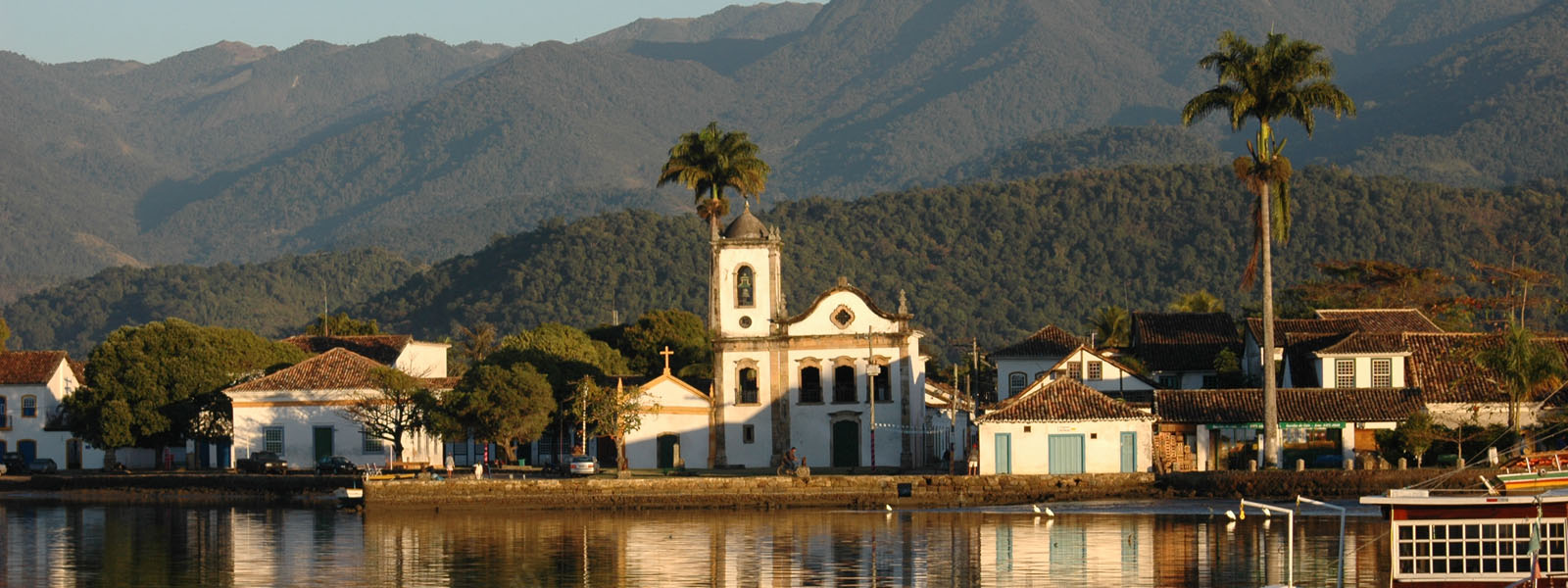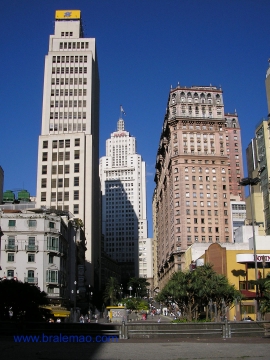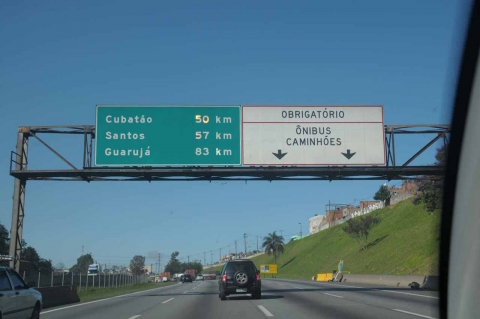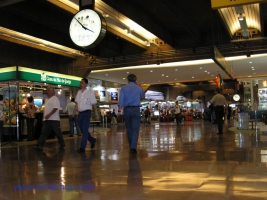Although not situated at the coast we want to introduce São Paulo to you as many people start their visit in Brazil in this mega city.
The City of São Paulo, also called Sampa, is with its nearly 20 million inhabitants one of the largest cities in the world, the largest in the southern hemisphere and the capitol of the State of São Paulo (the most populous state of Brazil).
Only 70 kms from the harbor of Santos and the first Portuguese settlement São Vicente (1532), Sampa is situated in the Brazilian highland on 760 m (2.500 ft), founded 1554 by jesuit missionaries at the river Tietê. This river, although close to the coast ends in the river Paraná in the east of Brazil. In 1711 São Paulo became city, it´s growth caused by coffee, exported via Santos.
Today São Paulo is linked to Santos by two highways, the “imigrantes” and the “anchieta“. Still there is a train going to Santos, today only used for cargo, the main transport is made on the two highways.
To know more about São Paulo´s history, the climate etc., have a look at wikipedia
São Paulo is not only a big place of finance and commerce, but also of culture, art and entertainment.
We will only introduce a few places as it is not possible to show each being worthwile a visit and actually we have our focus on the coast of Brazil. But beside some common tourist places we want to introduce some very special ones, which are rarely offered by other sites or tour agencies. More photos of the places you find if you open the galleries in the menu at the left.
You arrive in São Paulo by plane, by bus or by car. The arrivals by plane will be at one of the three airports, the international airport in Guarulhos or the national airport Congonhas. From both you can reach the center of the city by bus or taxi. The links help you to get more information about the airports. Of course you have the possibility to rent a car, too. The third airport is in Campinas, about 50 mls/80 kms from São Paulo, Viracopos international airport. It is linked by bus to São Paulo and in a few years, when the high speed train from Campinas to Rio de Janeiro will be finished, also be reachable by train.
Buses from outside of São Paulo arrive at the Rodoviaria Tietê, where you have connections to the Metro (subway), and of course by bus to all other destinations in Brazil, also to the coast. The metro is safe (security) and helps you to reach your destination very fast.
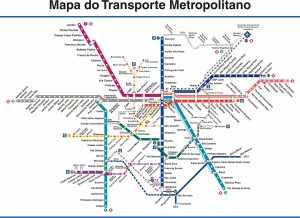
If you click on the map on the right you will have a larger view of the the metro system. More information about it on the page of wikipedia…. How to get to the places of interest … on the metro site of the state.
Gallery
More to read and see: districts
The district Liberdade („freedom“) is home of the largest japanese community outside of Japan, but also many koreans and chinese live here (more in wikipedia).
The New York Times published:
36 Hours in São Paulo
The city’s treasures lie just below the surface: world-class restaurants, Brazil-class music and an ever-ebullient arts scene.
continue reading in the New York Times
